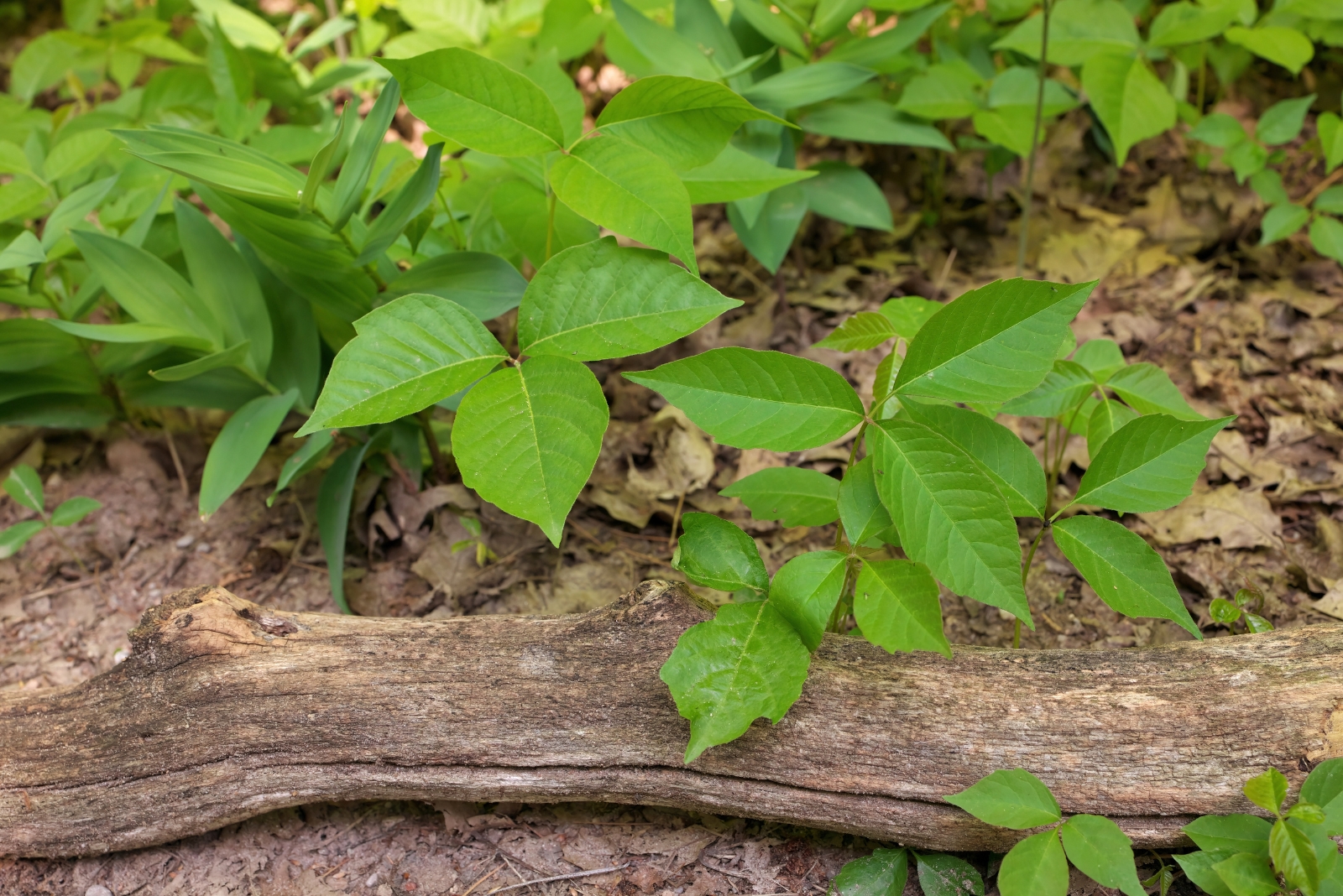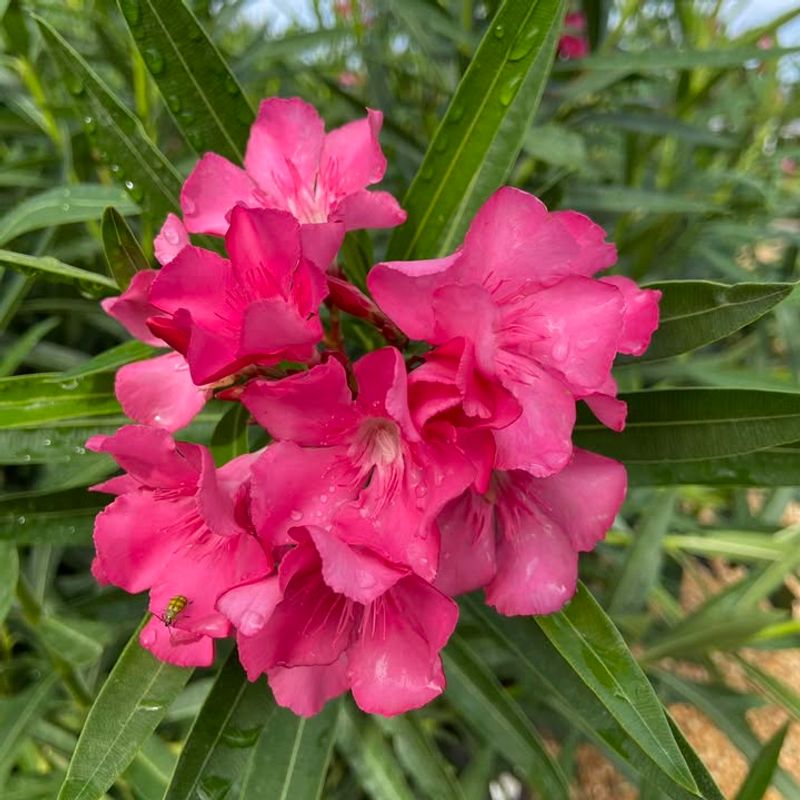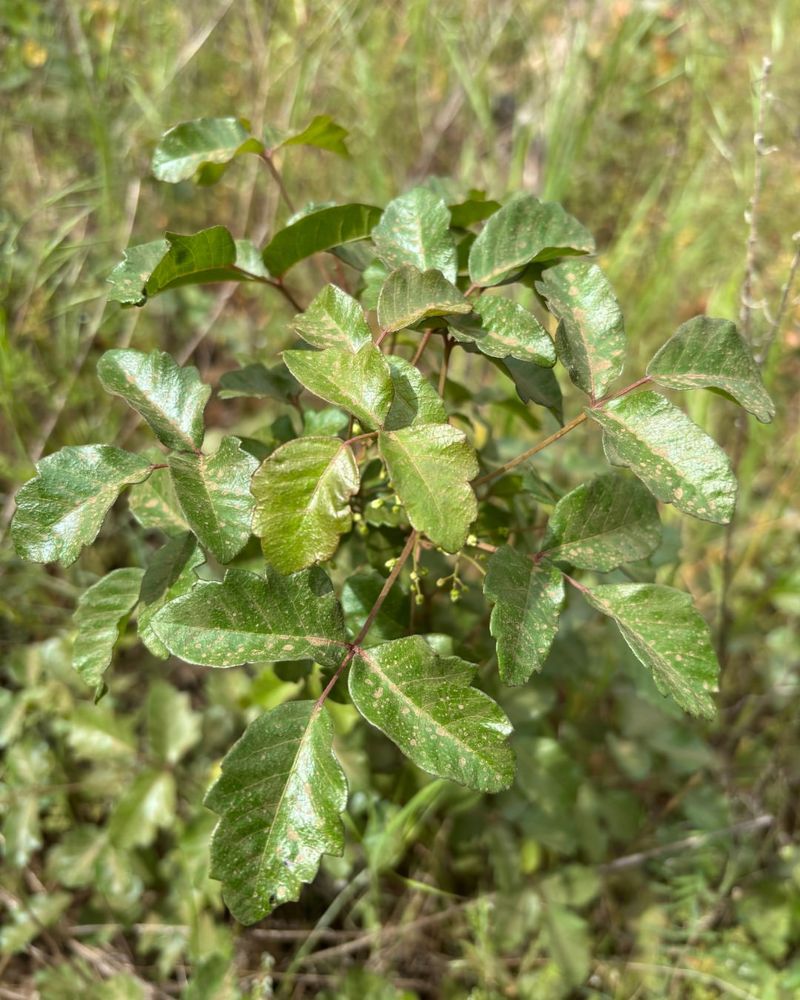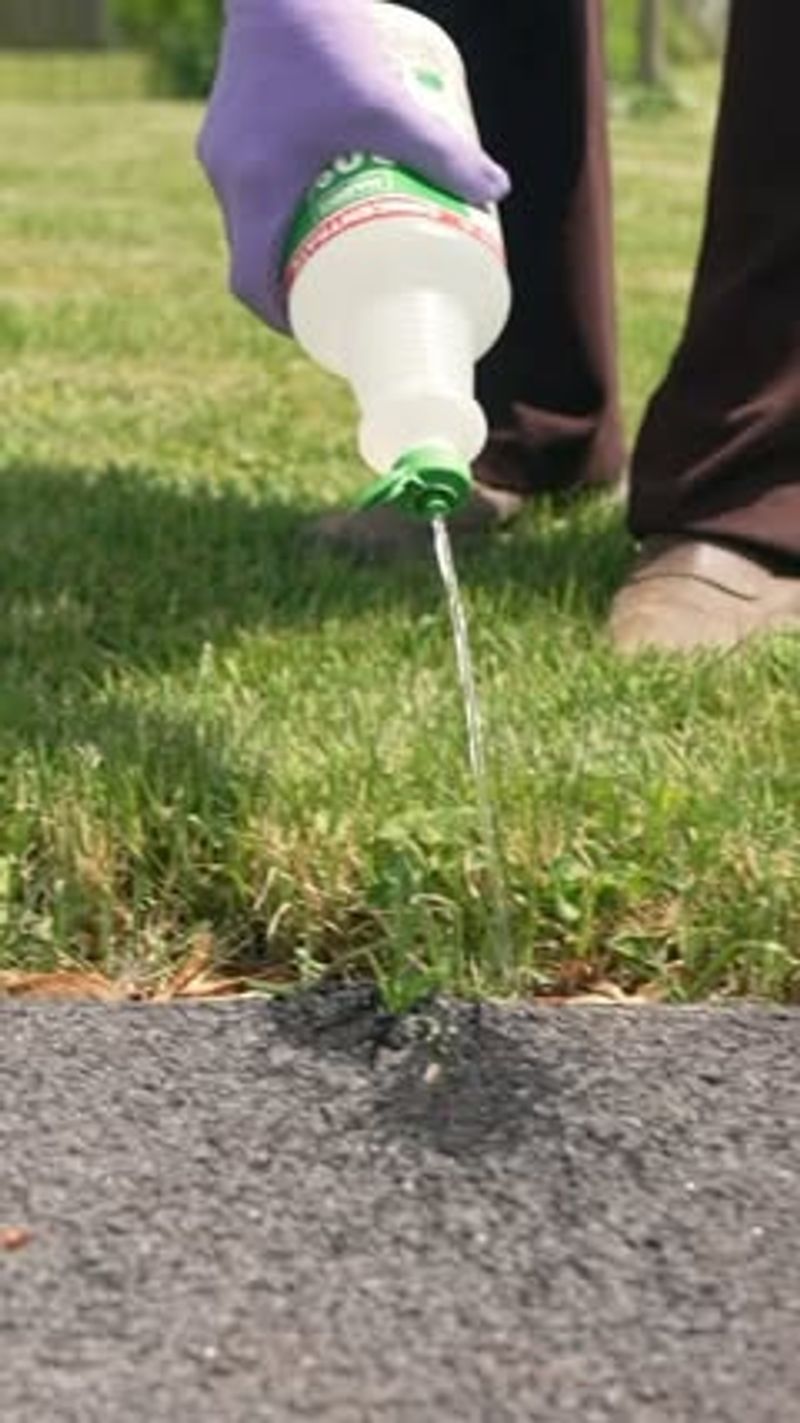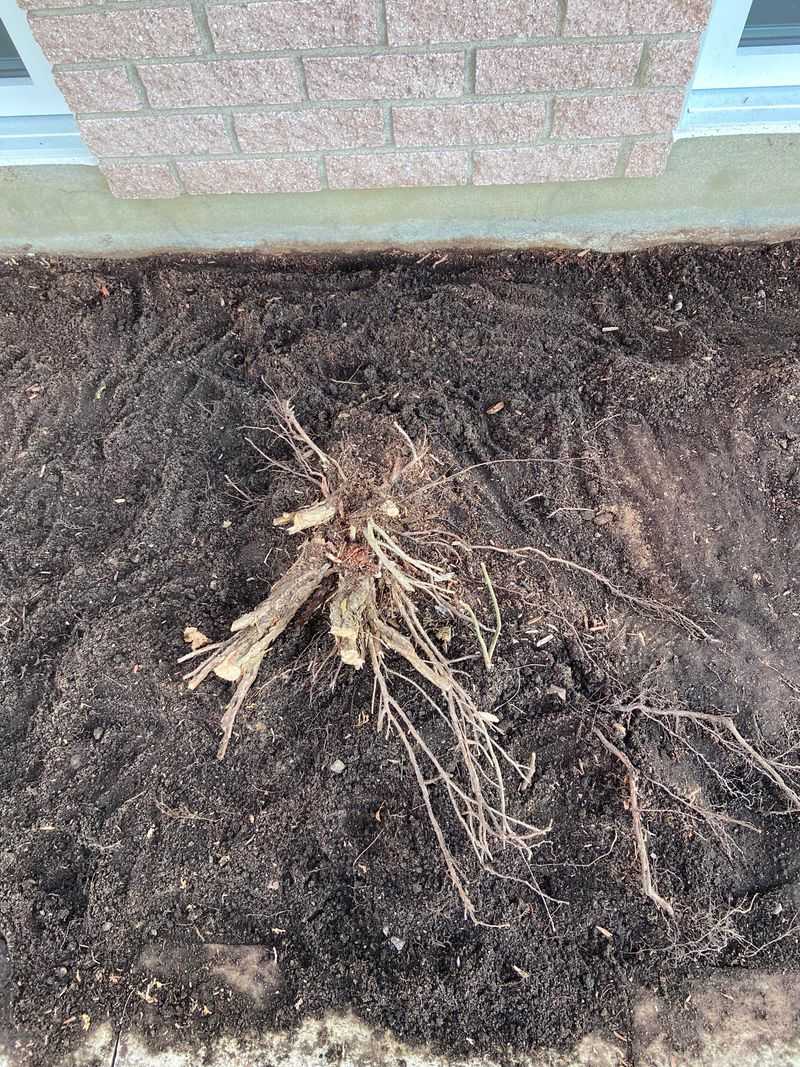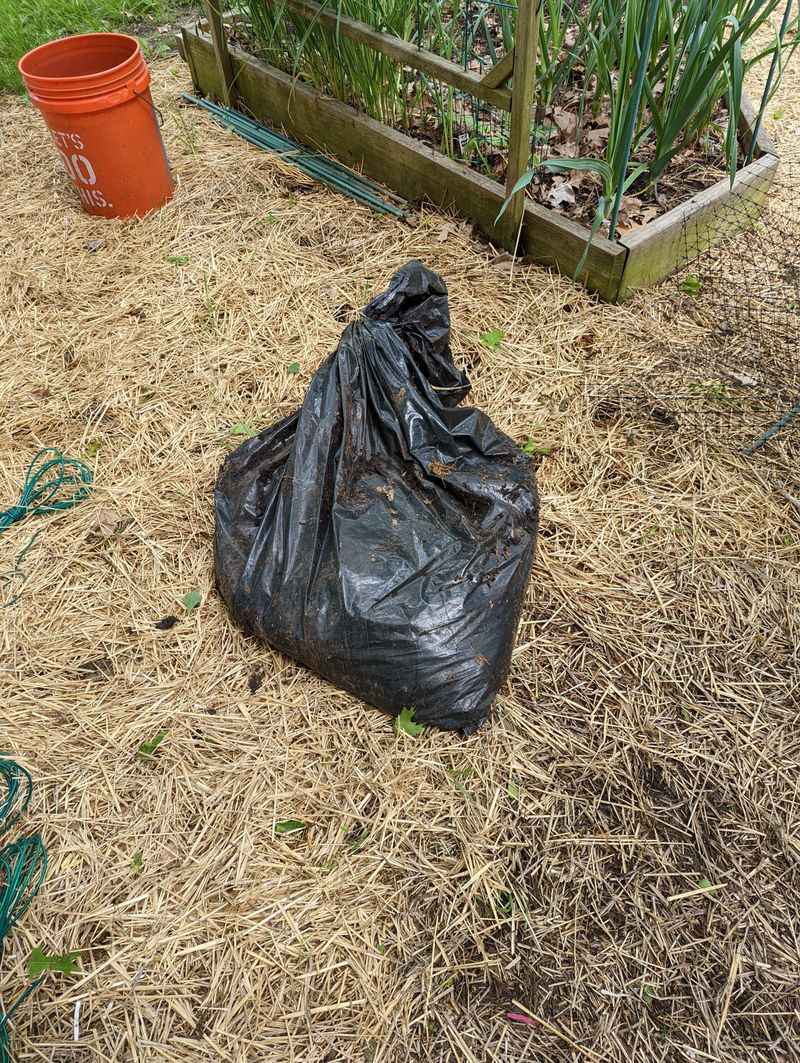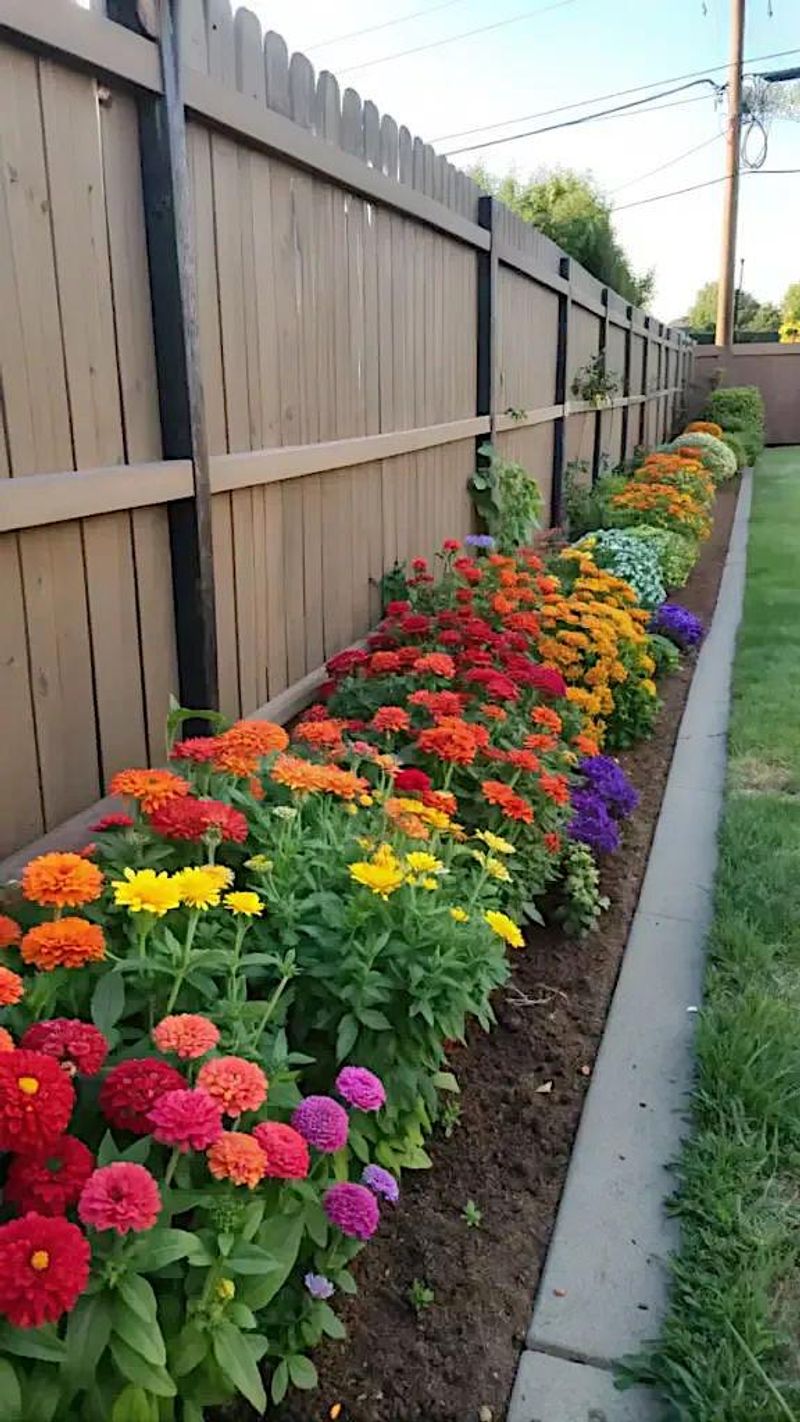Poisonous plants can hide in plain sight, even in well-kept Texas yards. I’ve learned a few key tricks that make spotting them a lot easier.
Knowing what to watch for keeps your family, pets, and guests safe. With a little attention, your yard can be both beautiful and worry-free.
1. Learn to Spot Poison Ivy’s Telltale Leaves
Remember the old saying: leaves of three, let it be. Poison ivy grows wild across Texas and causes itchy, painful rashes when touched.
The plant has three shiny leaflets per stem, and the edges can be smooth or jagged. In fall, the leaves turn red or orange, making them easier to spot.
Always wear gloves and long sleeves when working near suspicious plants. Teaching kids to recognize this common troublemaker can prevent many uncomfortable afternoons spent scratching.
2. Watch Out for Oleander’s Deadly Beauty
Oleander might look gorgeous with its pink, white, or red flowers, but every part of this shrub is extremely toxic. Many Texas homeowners plant it without realizing the danger it poses to children and pets.
Just one leaf can cause serious illness if eaten. The plant has long, narrow leaves that stay green year-round.
If you have oleander in your yard, consider replacing it with safer flowering alternatives like hibiscus or lantana for peace of mind.
3. Identify Poison Oak by Its Oak-Like Leaves
Found mainly in East Texas, poison oak looks similar to its cousin poison ivy but has rounded, lobed leaves that resemble oak tree leaves. Contact with the plant releases oils that cause severe skin reactions.
The plant can grow as a shrub or climbing vine, making it tricky to spot sometimes. Look for clusters of three leaves with a fuzzy texture underneath.
Never burn poison oak, as the smoke carries toxic oils that can harm your lungs and eyes badly.
4. Remove Plants Wearing Proper Protective Gear
Safety comes first when dealing with toxic plants in your Texas yard. Always wear thick gloves that cover your wrists, long pants, long sleeves, and closed-toe shoes.
Consider wearing safety goggles too, especially when cutting or digging. The plant oils can linger on clothing and tools, so wash everything separately in hot water afterward.
Never touch your face or eyes while working, and shower immediately when finished to remove any plant residue from your skin.
5. Dig Up Roots Completely to Prevent Regrowth
Simply cutting down a poisonous plant won’t solve your problem because most will grow back from their roots. You need to dig deep and remove the entire root system to stop regrowth effectively.
Use a sturdy shovel and dig at least six inches around the plant’s base. In Texas clay soil, this might require extra effort and patience.
Pull gently to avoid breaking roots, which could sprout new plants later on in unexpected spots around your property.
6. Dispose of Poisonous Plants Safely and Properly
Never compost poisonous plants or leave them lying in your Texas yard where kids or pets might encounter them. Bag them in heavy-duty plastic garbage bags and seal tightly before disposal.
Check with your local waste management about special disposal rules for toxic plant materials. Some Texas communities have specific guidelines you should follow carefully.
Burning is dangerous because toxic smoke can cause respiratory problems, so stick with proper trash disposal methods instead for everyone’s safety.
7. Replace Toxic Plants with Pet-Friendly Alternatives
After removing dangerous plants, fill those empty spots with safe, beautiful alternatives that thrive in Texas weather. Marigolds, sunflowers, and zinnias add gorgeous color without posing risks to your loved ones.
Native Texas plants like bluebonnets and black-eyed Susans are naturally adapted to local conditions and completely safe. Research each plant before buying to ensure it’s non-toxic.
Creating a pet-friendly garden means everyone can enjoy the outdoors without worry or constant supervision throughout the year.

